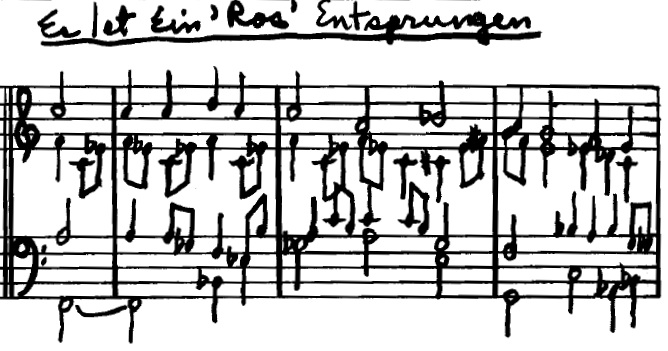 I am stunned by the news on Facebook that musicologist and my close friend Bob Gilmore has died at age 53. He had survived a bout of cancer when I saw him two years ago in Amsterdam and London, and was physically reduced, but last I’d heard he was on the road to complete recovery. What a loss! He was not only a superb scholar (biographer of Harry Partch, anthologizer of Ben Johnston) but an incredibly irreverent spirit, incisive and fearless. I’ll never forget, after corresponding with him for years, pulling into Dartington, England, on the train and seeing his wild red Irish-fro emerge from the crowd – and then having to quickly acclimatize myself to his irrepressible personality. Two days ago I bought his new biography of Claude Vivier, and was planning to write about it here. I had never much warmed up to Vivier, but one evening in Dartington Bob took me back to his apartment and gave me the crash course, scores and recordings of the most striking works. I was fairly convinced, and added Vivier to my teaching repertoire. Bob was a walking intellectual’s party, his wit, sarcasm, insight, and appreciation of drink and conversation irresistibly sweeping one back into 1920s Paris (or more apropos, perhaps Shaw’s London). The times I could tell you about – in Dartington, where he brought me to teach twice, we drank for hours at a bar that had been there since the 15th century. And consider the musical intellect that could smoothly segue from Partch and Johnston to Vivier. I can’t picture a world without him. I can’t imagine that long, rippling, sardonic laugh ringing out no more.
I am stunned by the news on Facebook that musicologist and my close friend Bob Gilmore has died at age 53. He had survived a bout of cancer when I saw him two years ago in Amsterdam and London, and was physically reduced, but last I’d heard he was on the road to complete recovery. What a loss! He was not only a superb scholar (biographer of Harry Partch, anthologizer of Ben Johnston) but an incredibly irreverent spirit, incisive and fearless. I’ll never forget, after corresponding with him for years, pulling into Dartington, England, on the train and seeing his wild red Irish-fro emerge from the crowd – and then having to quickly acclimatize myself to his irrepressible personality. Two days ago I bought his new biography of Claude Vivier, and was planning to write about it here. I had never much warmed up to Vivier, but one evening in Dartington Bob took me back to his apartment and gave me the crash course, scores and recordings of the most striking works. I was fairly convinced, and added Vivier to my teaching repertoire. Bob was a walking intellectual’s party, his wit, sarcasm, insight, and appreciation of drink and conversation irresistibly sweeping one back into 1920s Paris (or more apropos, perhaps Shaw’s London). The times I could tell you about – in Dartington, where he brought me to teach twice, we drank for hours at a bar that had been there since the 15th century. And consider the musical intellect that could smoothly segue from Partch and Johnston to Vivier. I can’t picture a world without him. I can’t imagine that long, rippling, sardonic laugh ringing out no more.

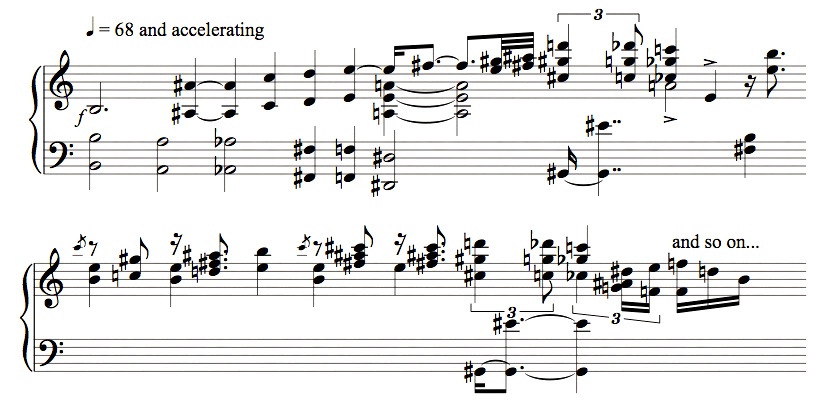
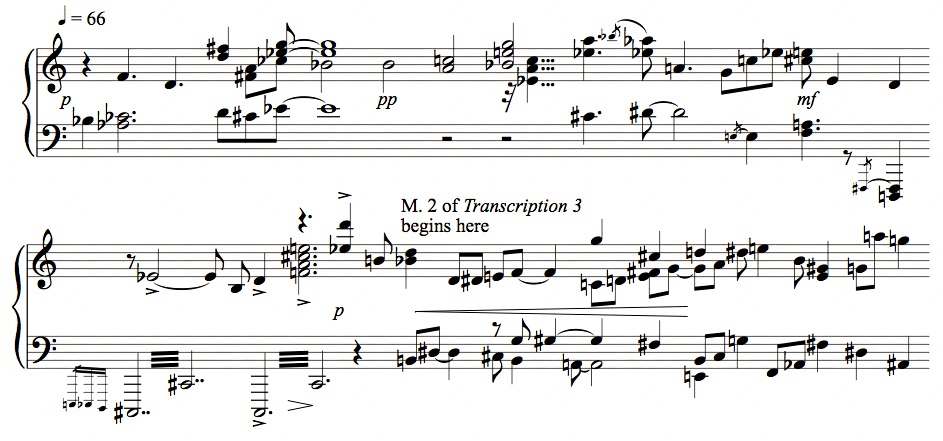
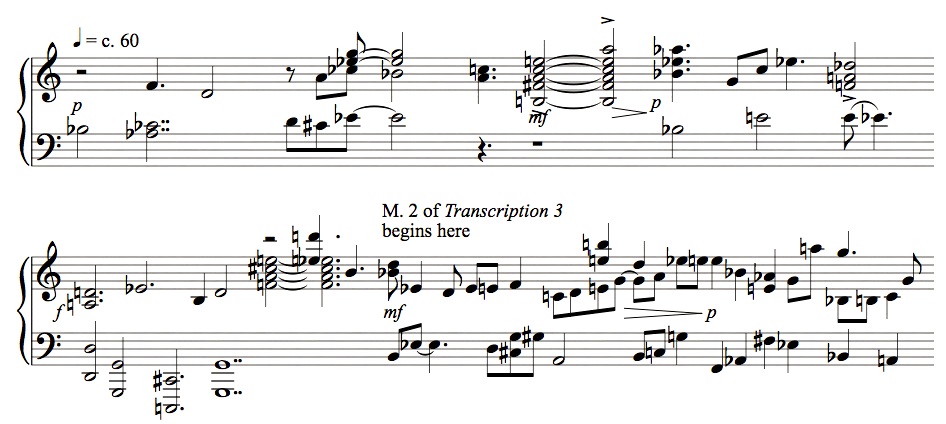
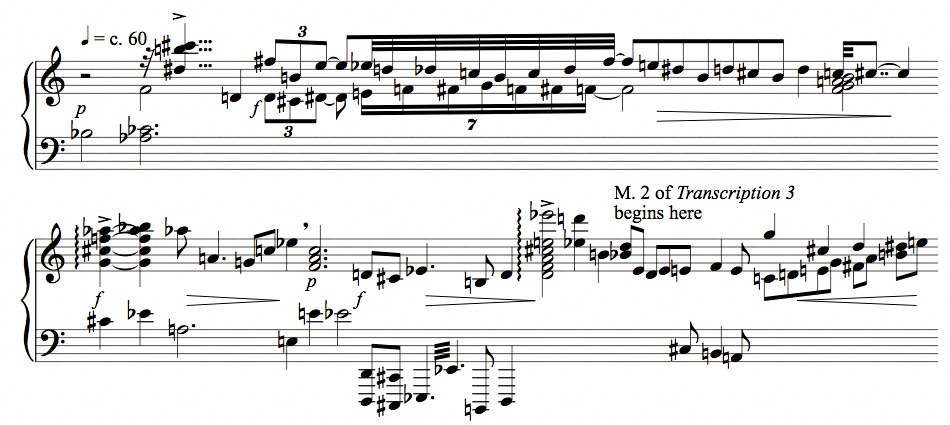
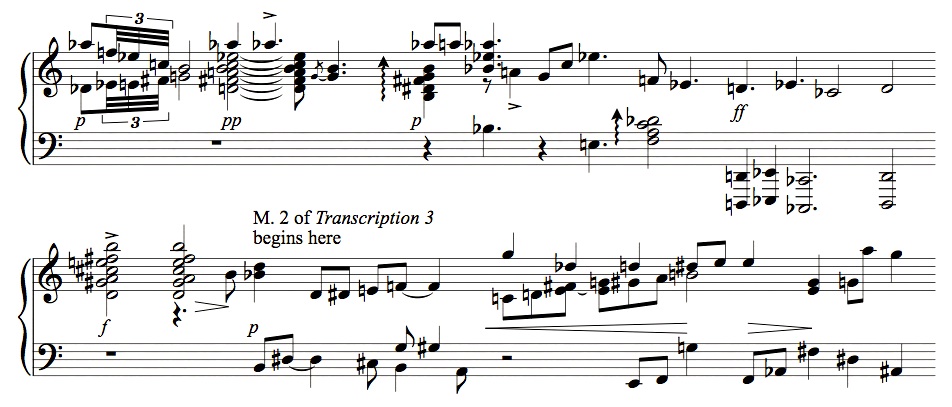

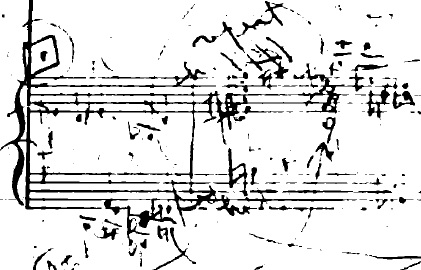
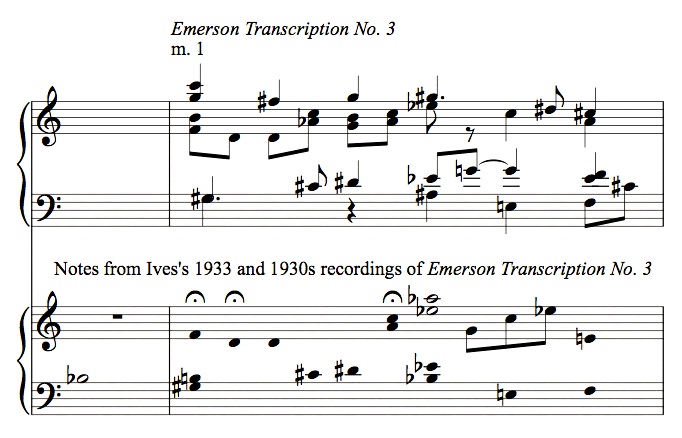
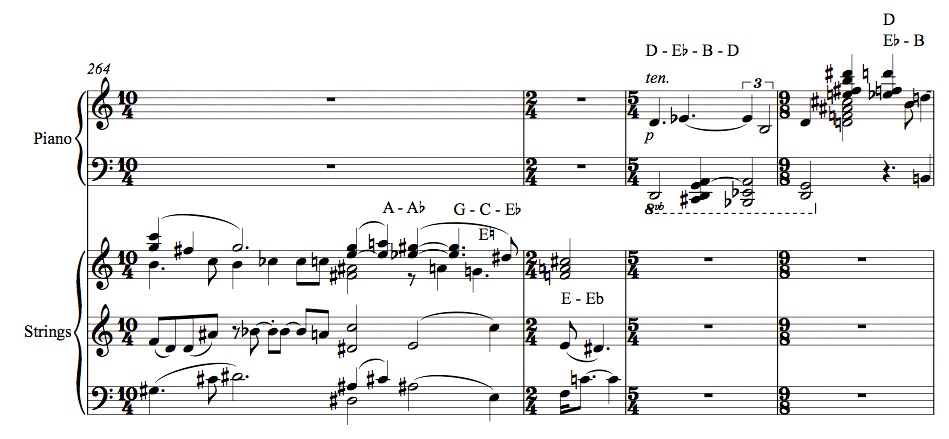
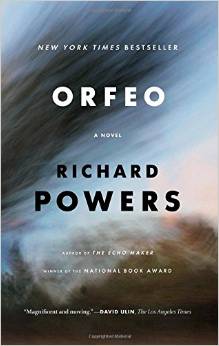
![Violette-Andrew-05[Barbara-Nitke]](http://www.artsjournal.com/postclassic/wp/wp-content/uploads/2014/11/Violette-Andrew-05Barbara-Nitke-300x198.jpg)
